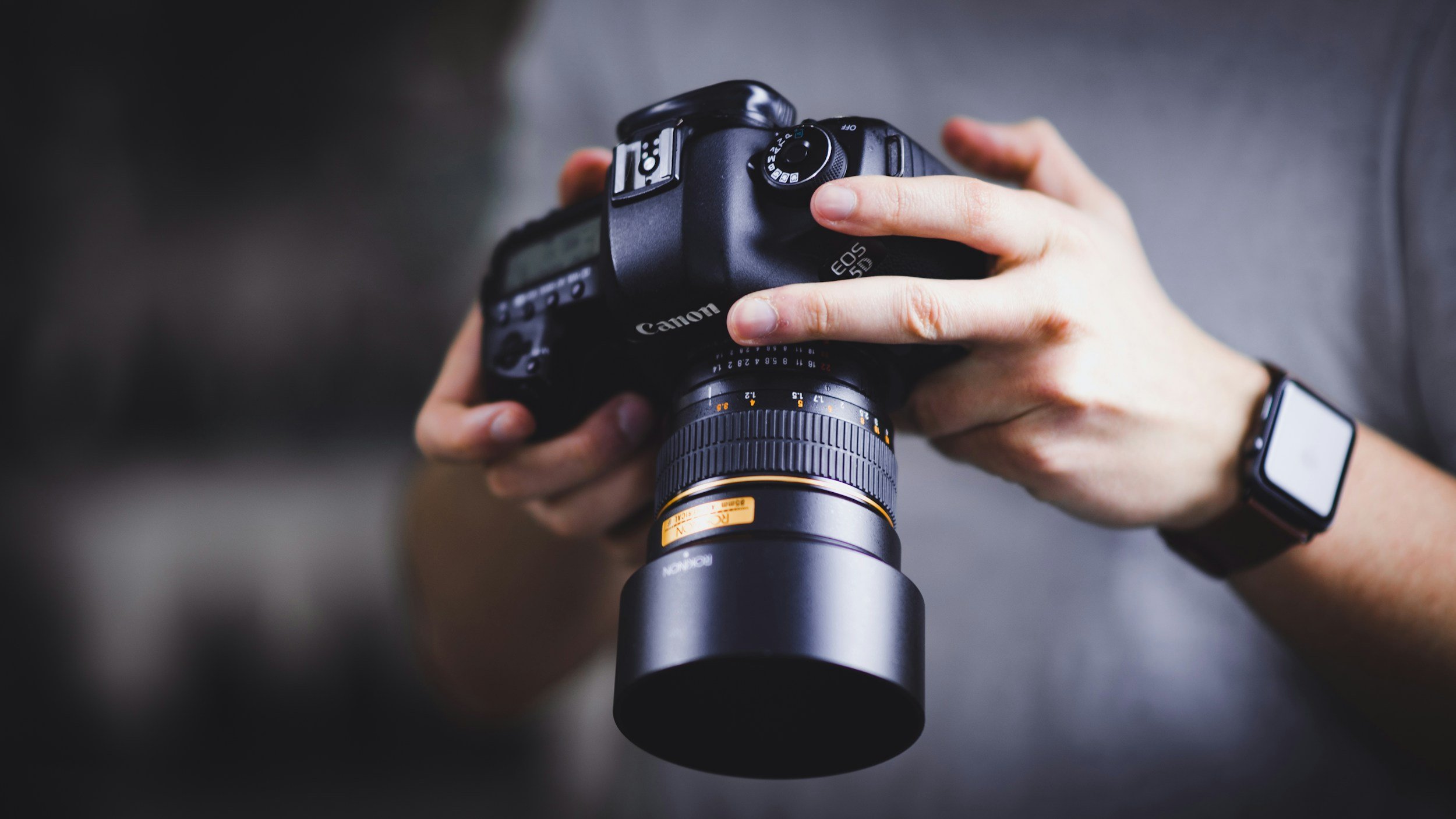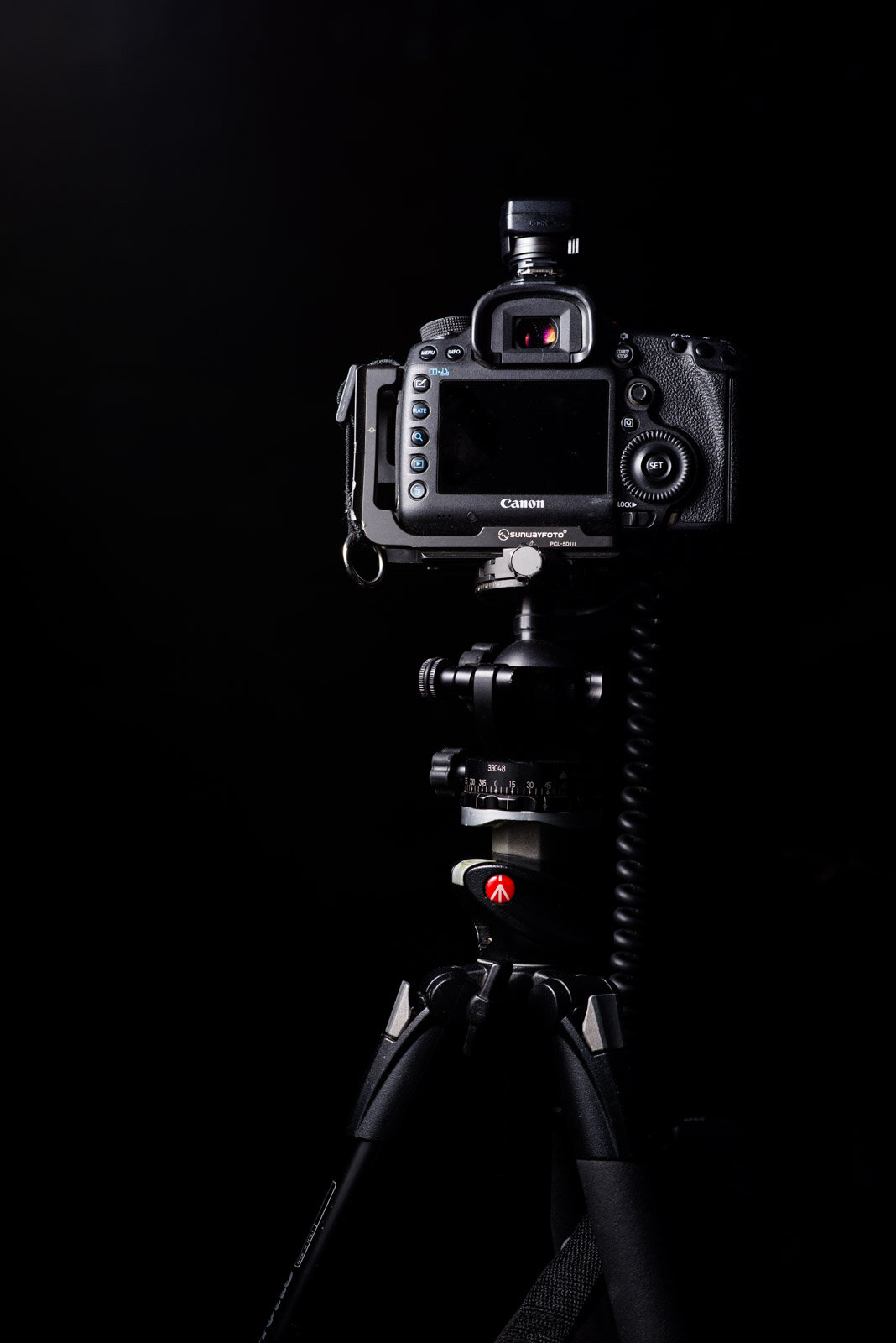Start Here: Essentials for Beginning Your Photography Hobby
Photography is a rewarding and creative hobby, but getting started can feel overwhelming with so many types of equipment available. Numbers - gibberish terms - how are you supposed to begin?! Consider this post a quick and easy guide to get started.
If you're brand new to this, you don’t need to invest in the most expensive equipment. Instead, focus on essential tools that will help you learn the basics and improve your skills over time. Here’s a list of must-have equipment to get started:
1. Camera
The first and most important piece of equipment is your camera. Beginners can start with either:
DSLR Camera – Offers interchangeable lenses, manual settings, and high image quality. Older technology, bulky.
Mirrorless Camera – Lighter and more compact than DSLRs, with similar capabilities. Can be more expensive. Consider that camera companies have invested in developing their mirrorless cameras over DSLRs.
Either way, cameras are either “APSC” or “Full Frame.” If you are on a budget, go with a camera that is APSC (Crop sensor). If money is no matter - Full frame. These terms refer to the sensor size inside the camera. The bigger the sensor, the bigger the cost (and that goes for lenses too).
Entry-level cameras like the Canon EOS Rebel series, Nikon D3500, or Sony Alpha a6000 are excellent choices for beginners. Take a look at the ones we recommend here.
2. Lens
A versatile lens is crucial for capturing different types of shots. Many beginner cameras come with a kit lens (usually 18-55mm), which is great for general photography. As you progress, consider investing in:
Midrange Lens - (24-70, 50, 85) these are everything in between. They cover most typical situations. Click here to view Crop sensor suggestions, and here for full frame.
Wide-Angle Lens (e.g., 10-18mm for APSC or 15-30 for Full Frame) – Ideal for landscapes and architecture. Click here to view Crop sensor suggestions, and here for full frame.
Telephoto Lens (e.g., 70-300mm and beyond) – Great for capturing distant subjects like wildlife or sports.
3. Tripod
A sturdy tripod is essential for stability, especially for low-light photography, long exposures, and landscapes. Look for a lightweight yet durable option. Make sure you purchase a tripod with a ball-head, so you can easily adjust your compositions. For materials, You can choose between aluminum (heavier, less expensive) and carbon fiber (lightweight, can be pricey). We might recommend this Benro tripod if you’re on a budget, and the Peak Design if you want something lightweight and that will last.
4. Memory Cards
Having a reliable memory card with ample storage is essential. Choose a Class 10 or UHS-I SD card with at least 32GB or 64GB capacity to ensure fast write speeds and adequate space for photos. If you want to shoot any kind of video, opt for even larger. We like SanDisk.
5. Camera Bag
A good camera bag protects your gear and makes it easy to carry around. Look for a padded, water-resistant bag with compartments to keep everything organized. Allie swears by f-stop, as every bag they create is thoughtfully engineered for demanding photography and long-wearing comfort and protection. Bags like these can be an investment, so if you have any questions you can always send us an email.
6. Extra Batteries
Running out of battery during a shoot can be frustrating. Always carry at least one spare battery to ensure you don’t miss any important moments.
7. Cleaning Kit
Dust and smudges can affect image quality. A simple cleaning kit with a lens cloth and air blower helps maintain your camera and lenses in top condition.
8. Editing Software
Post-processing is an essential part of photography. Software like Adobe Lightroom or Capture One allows you to edit, enhance, and organize your photos efficiently.
9. A Notebook
Keeping a journal of your settings, composition ideas, and mistakes helps you learn and improve over time. Apps like Evernote or Google Keep can be useful for on-the-go note-taking.
Starting with the right photography equipment can make a significant difference in your learning process. Focus on understanding how your camera works and practice composition, lighting, and editing techniques. Over time, as your skills improve, you can invest in more advanced gear tailored to your specific photography style. Happy shooting!




